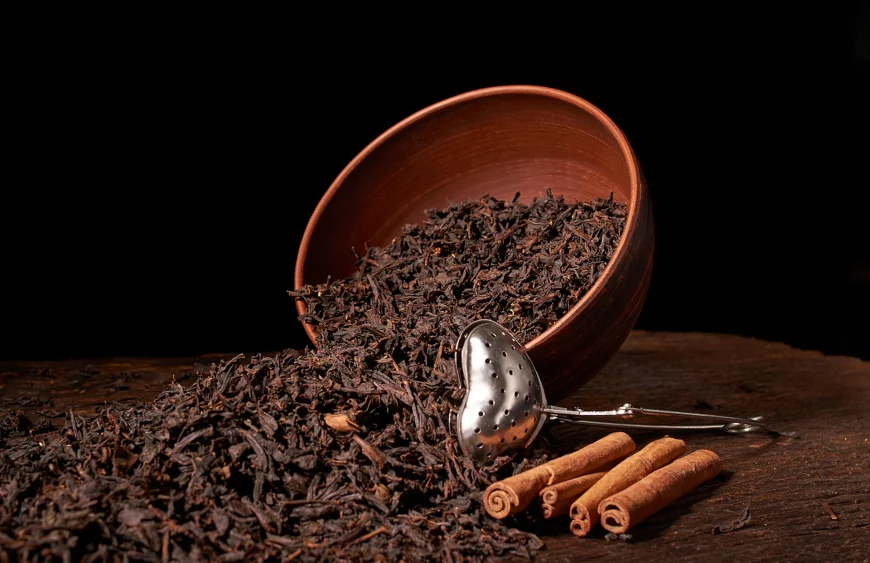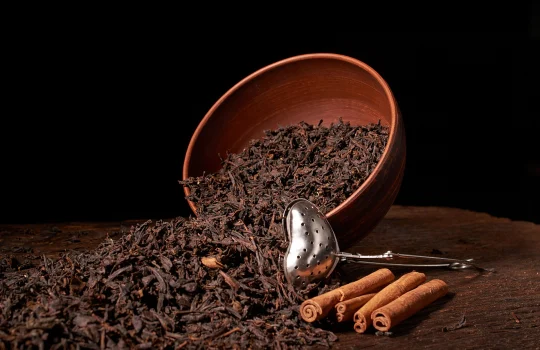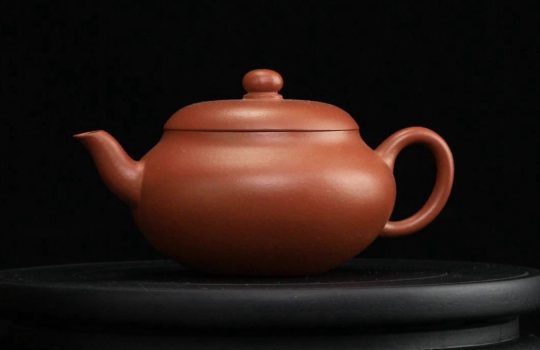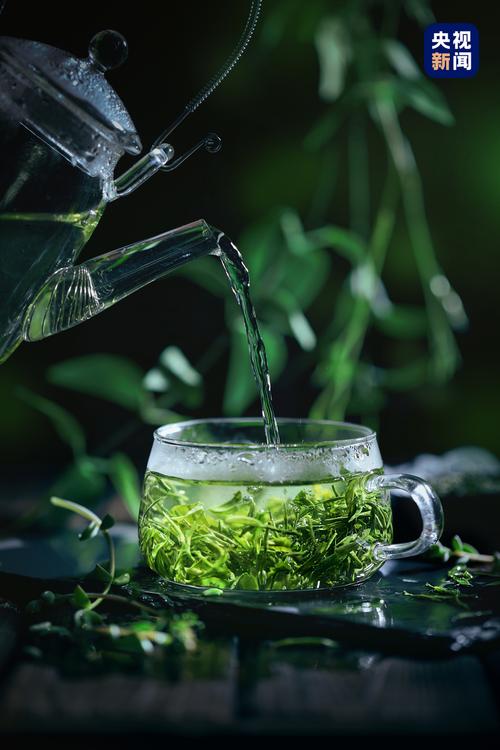Today, the health benefits of Tibetan tea have sparked a craze both domestically and internationally. Owing to its multifaceted, bidirectional regulatory properties, Tibetan tea is suitable for an exceptionally broad demographic. Regardless of body type, individuals can derive benefits from its consumption.
Tibetan tea is a quintessential dark tea, presenting a deep brown hue. It stands as the progenitor of China’s brick tea tradition and remains the primary beverage for nearly three million Tibetan compatriots. Situated on the Tibetan Plateau, the region experiences low oxygen levels and intense radiation. Yet, with its arid climate unsuitable for growing vegetables or fruit, Tibetans traditionally rely on a diet predominantly of meat, supplemented by roasted barley flour (known as tsampa). They consume neither vegetable oils nor vinegar, and vegetables are scarce. Thus, tea assumes a central role as the primary beverage in Tibetan daily life.
For Tibetans, tea is akin to the lifeblood flowing through the Qinghai-Tibet Plateau. Hence the Tibetan proverb: ‘Better three days without grain than one day without tea.’ Many assume Tibetans thrive on meat and milk, cattle and sheep on grass, and vegetables are merely grass-like substances. Due to dietary limitations, Tibetans often lack essential vitamins. Tea, rich in polyphenols, caffeine, amino acids, and vitamins, quenches thirst, aids digestion, and alleviates greasiness while supplementing these deficiencies. For them, tea transcends mere beverage; it is an indispensable sacred element of daily life. For centuries, Tibetan tea has safeguarded the health of their people amidst the frigid, oxygen-deprived, and radiation-laden snow-capped plateau.
Appreciating Tibetan tea involves four hallmarks: ‘red, rich, aged, mellow’. ‘Red’ denotes the tea liquor’s translucent crimson hue, vibrant and appealing; ‘rich’ signifies its authentic flavour, delivering a refreshingly satisfying mouthfeel; “aged” refers to its distinctive aged aroma, with older teas developing increasingly profound fragrance; ‘mellow’ describes its smooth, sweet taste upon entry – neither astringent nor bitter, yet richly flavourful.





